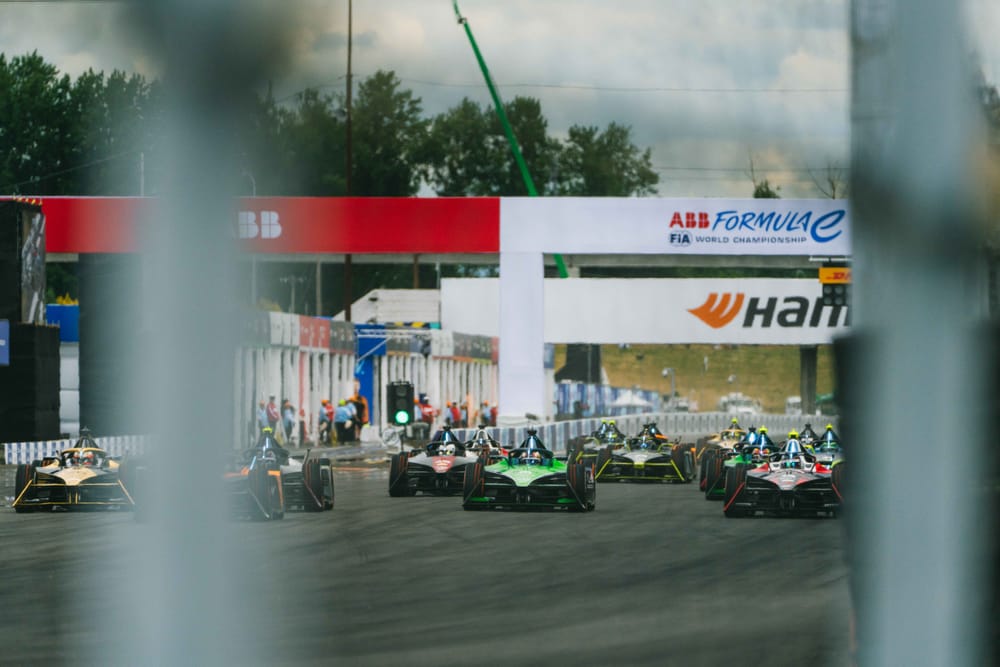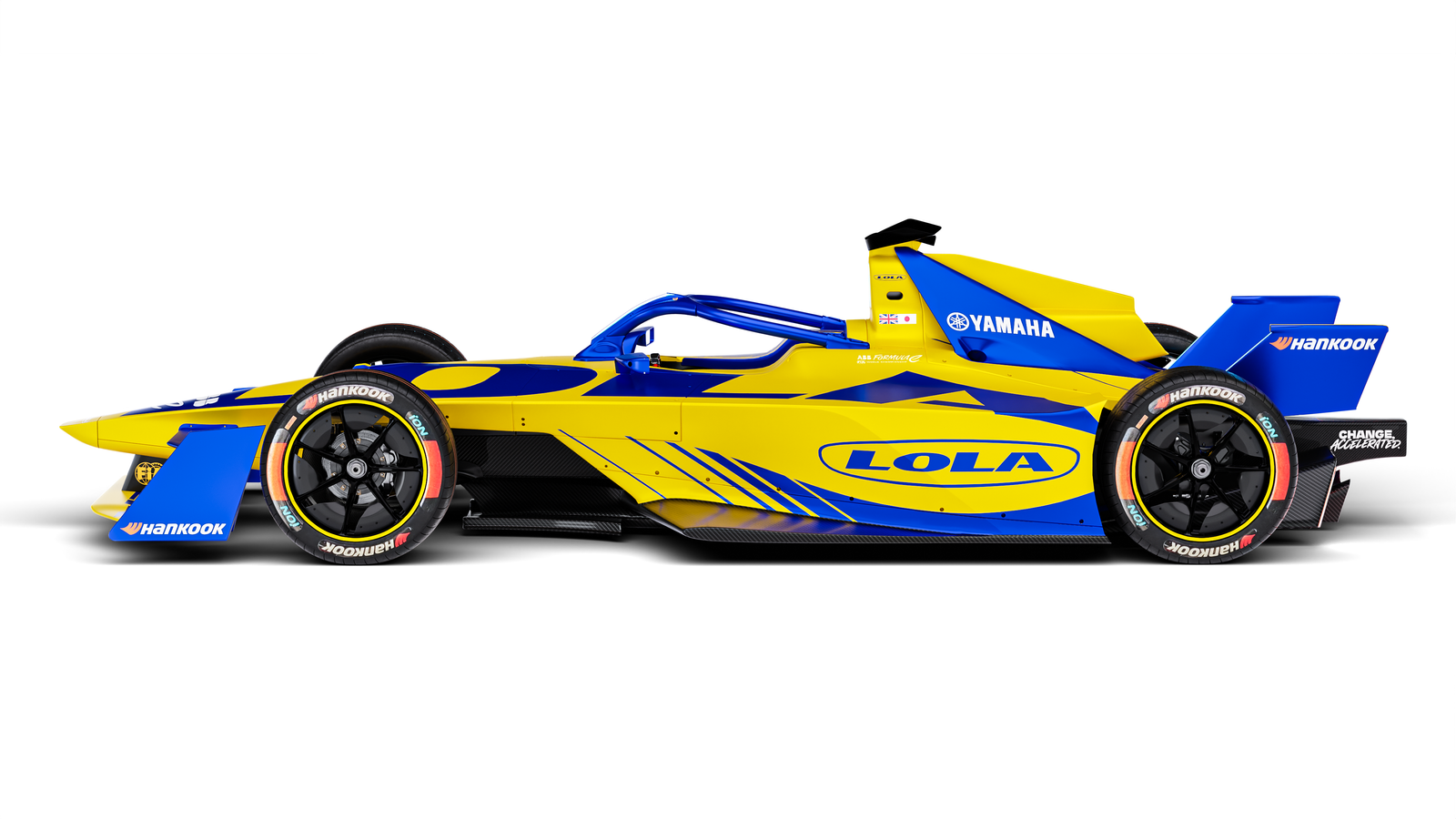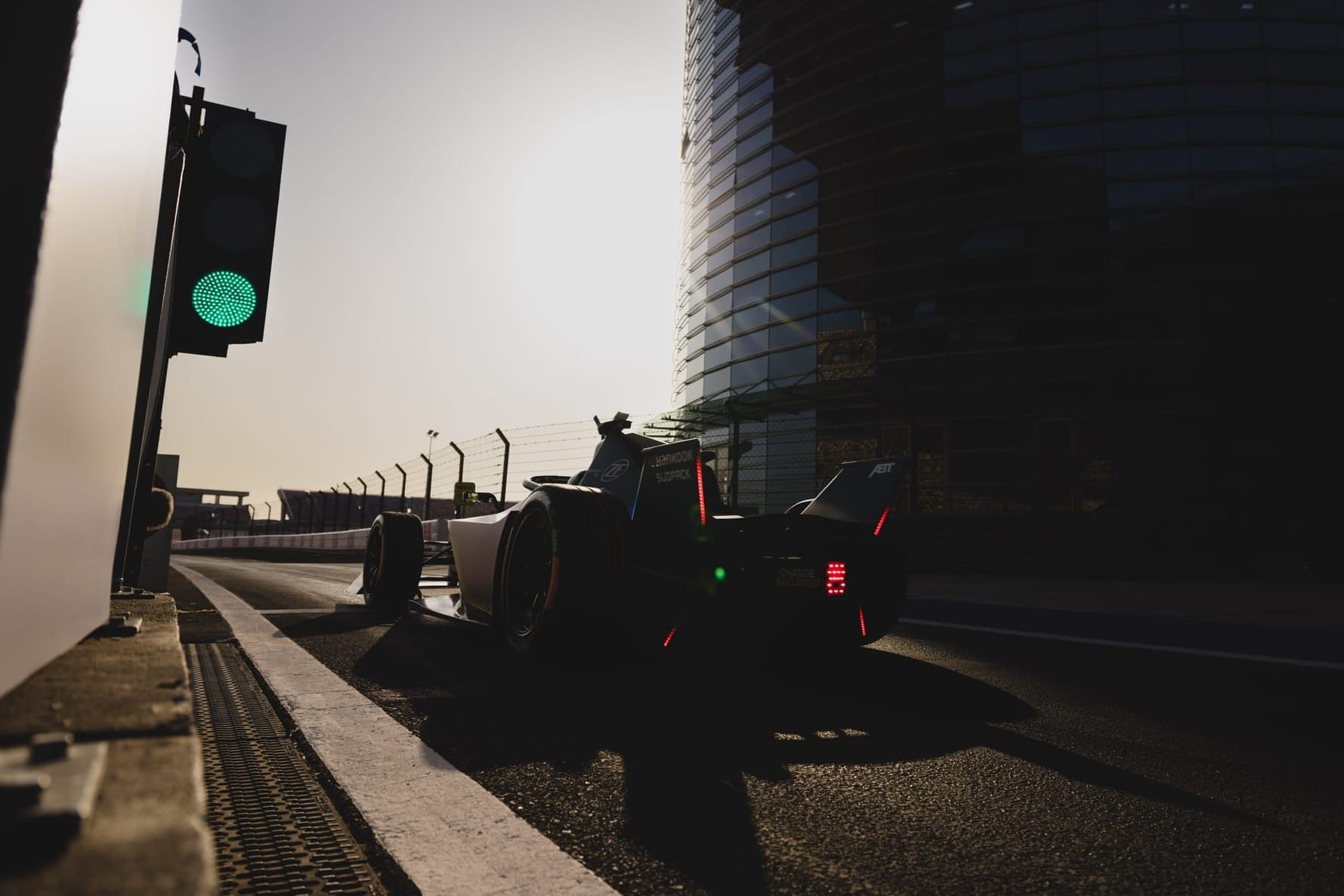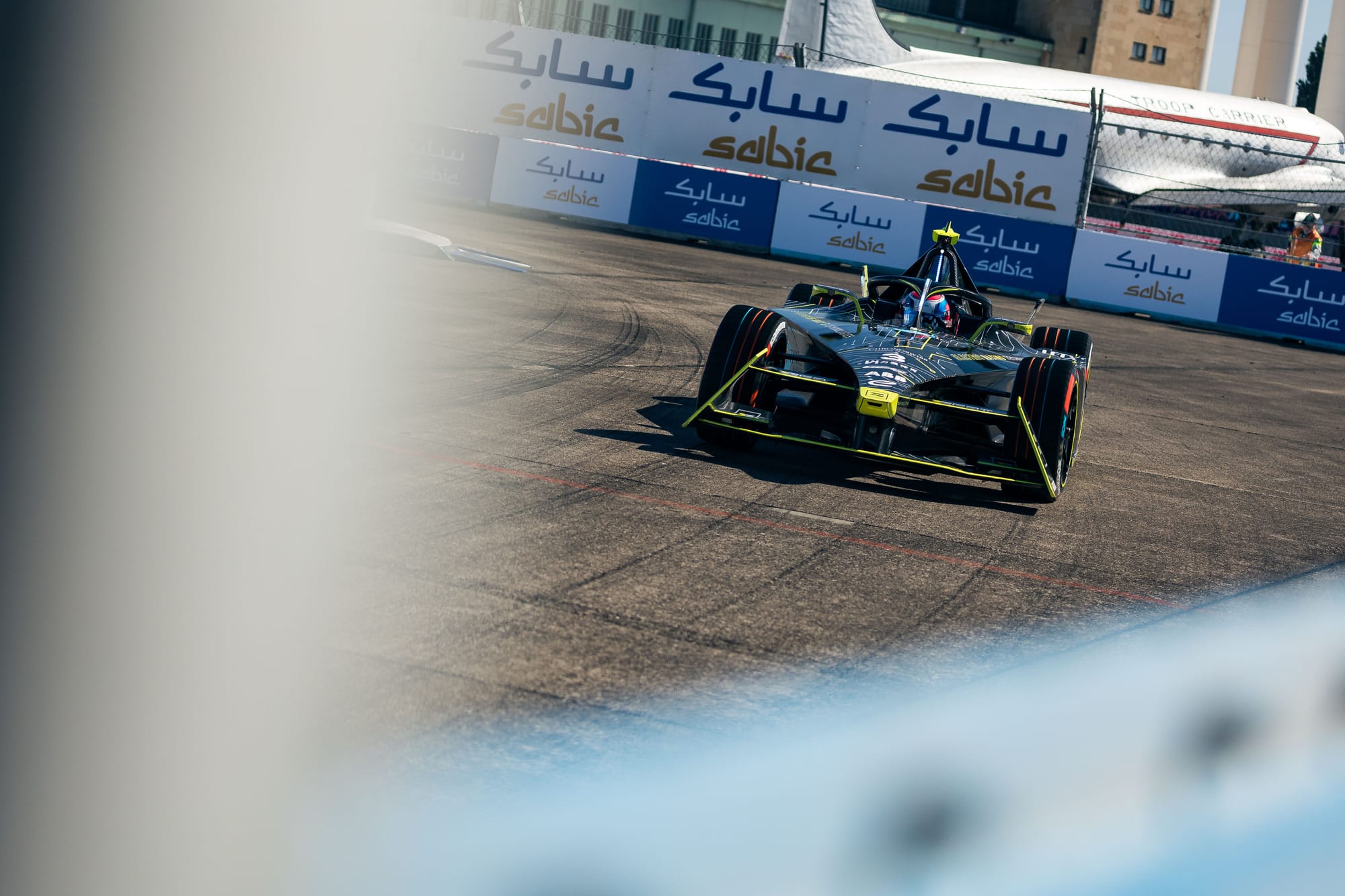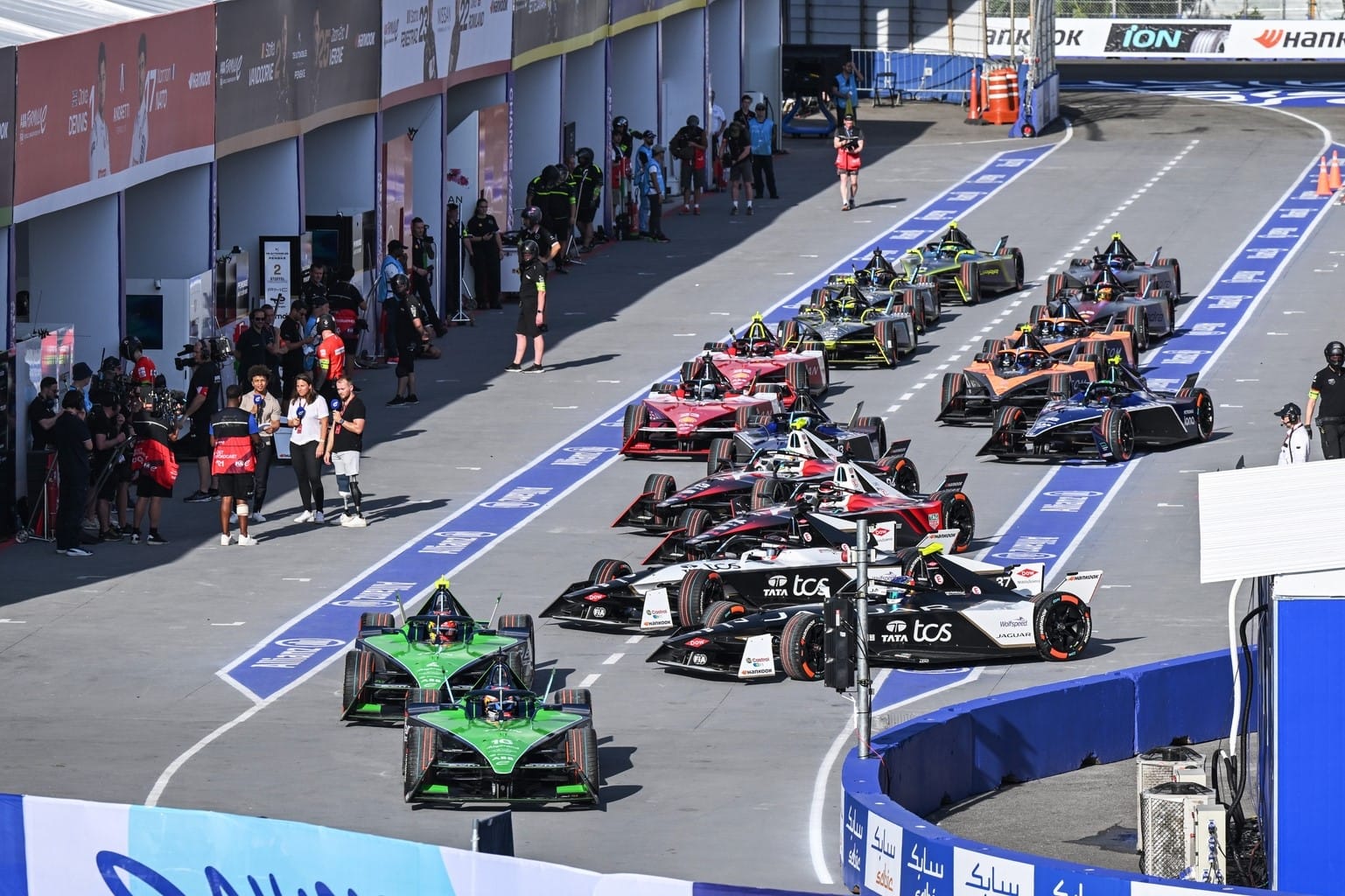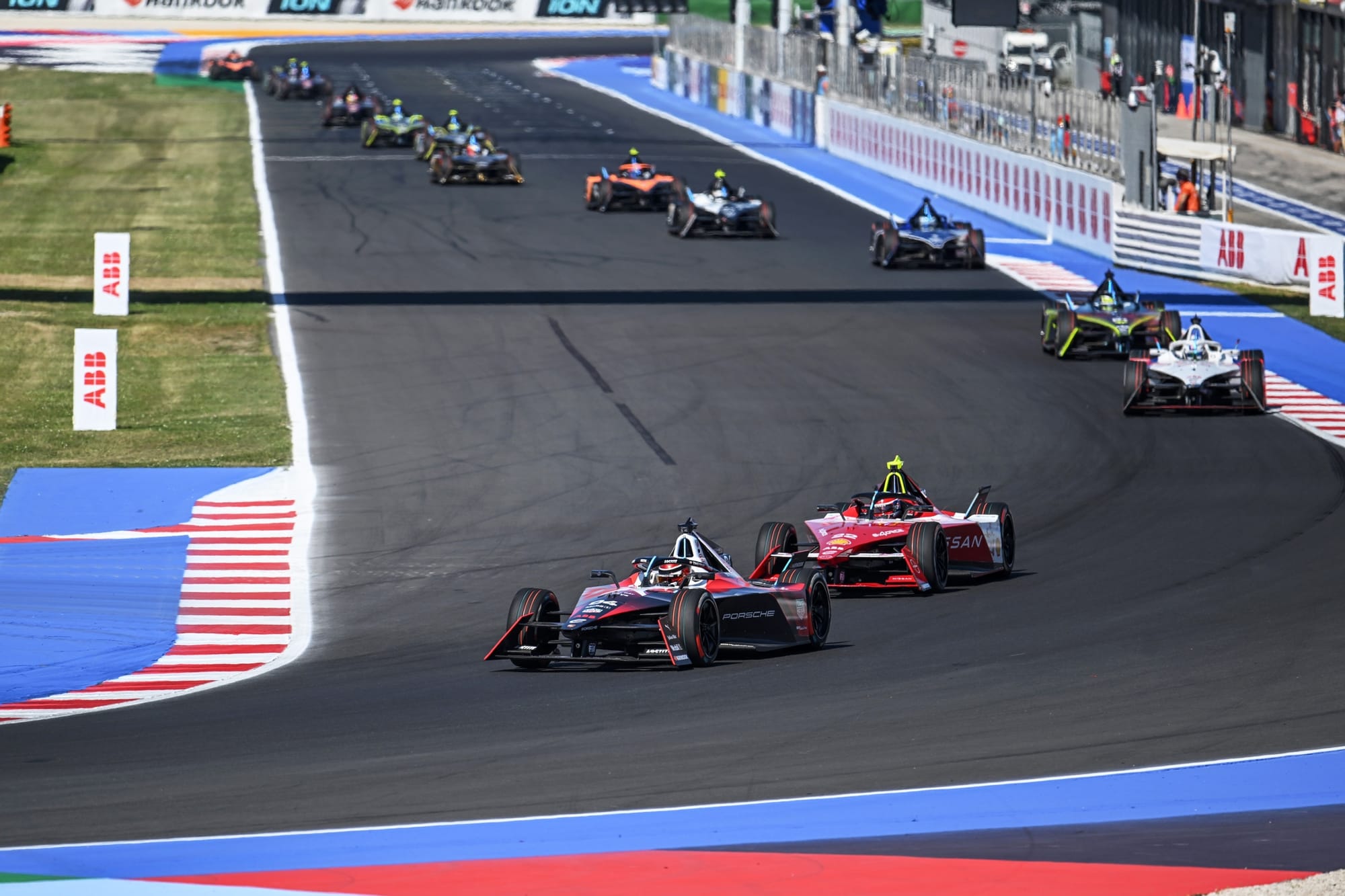Liberty Global’s now-majority ownership of Formula E, to the tune of a 65% controlling interest, should bring more than just tokenism to the all-electric world championship in the coming years.
Over the past decade, Formula E has gone from a sporting curio to an established manufacturer magnet. So, now is the time for expansion and to set sails for ambitious horizons.
With greater freedom and fewer of the previous obstructions preventing it from stretching its legs in the way, the championship is starting to exude a renewed confidence.
Simplifying a complex ownership structure

It’s worth understanding how the often-confusing Liberty world works, in respect of both Formula E and globally in motorsport.
The Warner Bros. Discovery group invested in Formula E when it was Discovery in March 2015, effectively saving Formula E from the abyss, after the money had run so dry that founder Alejandro Agag was helping freight cars from Buenos Aires to Miami with his own credit cards.

Since then, its priorities in motorsport have changed.
John Malone’s business empire includes Warner Bros. Discovery and Formula 1 owner Liberty Media. Liberty Global Limited is a different company, albeit another that comes in under Malone’s dizzyingly expansive business universe.
Liberty Global is the owner of telco media assets around the world. When it set up an assortment of sports business and live event projects it created a separate mega portfolio of ventures and fast-growth businesses. It put Formula E into this cannon.
Straddling this cannon and aiming it high is Liberty Global CEO Mike Fries, a member of the management team that founded the company over 30 years ago. Fries was appointed CEO in 2005 and serves as a member of its two-person executive committee along with Malone, who is the chairperson.
“I think the valuation now of that portfolio is over $3billion in value and growing, and what their investment means for them is they're doubling down on what they think is a fast growth stock within their venture portfolio,” Formula E CEO Jeff Dodds tells The Race.
What it means for Formula E via Liberty’s ownership, according to Dodds, is a “conviction in the plan and the capital to support the plan”.
“And that's what Mike [Fries] said. He said: ‘My view of Formula E is any two things: our conviction we can deliver the growth plan and we agree with the growth plan, and they need our capital to help deliver it.’ ”
Many in motorsport believe that the fewer investors, the fewer shareholders you have, the easier life becomes because there is generally only one dialogue leading the way.

Now that Liberty’s a majority shareholder, Dodds as CEO has “one conversation with Liberty Global”.
It’s an organisation he knows “extraordinarily well” through working with Liberty in various guises for a dozen years, including most recently as CEO at both Virgin Media and Virgin Media O2.
Dodds says that Liberty Global is an organisation that is “committed to plans and to fund them”.
While news of the majority ownership was met with relatively muted coverage, the manufacturers and other key stakeholders in Formula E became alert to it rapidly. The reason was it gave clarity to Formula E on kicking on to the next phase.
The excitement is real. It just now needs to be delivered in tangible growth terms.
What's crucial to its growth

“I think just investing in it more, investing in especially the media, getting it out there is key,” one of Formula E’s grandee stakeholders, Michael Andretti, told The Race recently. “We need just more eyes on the sport and the way you do that is you have to advertise it and get it in the right media areas in every country. Hopefully with their [Liberty’s] experience in that area it could be good.”
Andretti needs to start seeing big progress in the media that presents Formula E globally. He and his team have gone from privateer to factory affiliate (with BMW) to now customer with Formula E’s most prestigious manufacturer, Porsche.

Around that is the team's commercial situation. There has been some innovation with the likes of blockchain company Avalanche and global investment firm Guggenheim, but Andretti has generally had a dearth of business-to-business brands. But that goes for all in the paddock in recent seasons - especially since the pandemic affected the money coming into Formula E.
That’s why bigger TV broadcast deals and new streaming initiatives have to come in the next year. From the outset, Dodds wanted to create “more noise” around Formula E and on the whole that has happened - some of it positive, such as a bigger emphasis on the acceleration of the Gen3 cars, and some of it a bit more stilted, like the slightly bizarre Max Verstappen title bet Dodds had with the Formula 1 grid.
What we are seeing though is a doing away of the niche, subliminal and, let’s face it, often pompous positioning of Formula E through films and straplines.
The priority has to be getting Formula E out there and to a larger audience via media. The participants want to keep it simple. Their boards demand eyeballs and a lot of them to justify their investment.
“I think we all saw what Drive to Survive has done for Formula 1, but it's not in isolation,” says Dodds. “We’ve seen lots of different sports and lots of different assets use that as a part of their portfolio. So, it's always been a big priority.
“Therefore, I guess there's less potential for conflict because in Warner Bros. Discovery they have their own streaming platforms, they've got their own broadcast outlets, their own media outlets, so perhaps if anything it takes away some of the complexity there because there's no conflict of interest.
“But they were not really blockers of anything, they were always very supportive of us looking at those different parts of our strategy.”

Dodds has been spending time in California recently, meeting with well-known streaming broadcasters to pitch Formula E. He was also at Liberty’s global headquarters last week refining strategy and digging into where it wants Formula E to go in the next couple of years.
Dodds talks a fair bit about “top of the funnel growth metrics”. What that means is largely monitoring the superlatives of ‘the noisiest’, ‘the fastest’ and 'the most sustainable’.
Formula E has set out some bold targets for 2030. These include hitting two billion global media impressions. Its target for this season is 964 million.

It also wants to expand its viewership/attendance from a current self-collated 344 million to 500 million in the next six years.
To give Formula E its dues, it started the season off strongly with some high-impact imagery, led by the slightly terrifying vision of a 50-metre-tall Jake Dennis mucking about in the Foro Sol complex in Mexico - an impressive CGI double-take skit.
How it gets there

Dodds remains bullish that Formula E is in good health as it enters its second decade in a few months’ time. Its calendar for next season looks reasonably solid, four manufacturers have already signed up for the Gen4 ruleset, and a recent recruitment drive has brought in fresh faces such as Ellie Norman (marketing), Beth Paretta (sporting), and Charlotte Sefton (communications).
“The foundations are very solid, we've got a good racing calendar and I think next year's calendar is better than this year's calendar. I have to continue, that's my obligation to keep pushing that forward and make it better and better and better,” remarks Dodds.
“We've got 400 million fans, all but, and we'll see our latest audit numbers at the end of the year, but I suspect we'll go around that number, we've got 400 million reach, we're in 190 territories now, 30 broadcast deals, 20 digital deals, so we've got a good platform.”
A good platform needs strong future foundations, and while Gen4 looks incredible from a technical standpoint, it has to be better than the way Gen3 was conceived.
Gen3 has grown into something good but the feeling in the paddock is that it should have been stronger. Instead, it was stunted by myriad issues that cost development time and a whole load of cul-de-sacs with tyre specs, battery problems and an embarrassing secondary brake system having to be put in place.

As ever, Dodds is positive about Gen4: “We've got some good tailwinds, then the question is: what provides exponential growth in the businesses?
“Global streaming partnership or global digital partnership in a way that has unlocked value for Formula 1 through Drive to Survive and others, I think it's important for us to have more exposure.
“I think solving some of the challenging media markets that we have today is important for us, and we know that, we're aware of that.”
So far those tailwinds haven’t included another prestige brand joining Porsche, Jaguar, and Nissan in the Formula E conversation. And while that’s unlikely in the short term there are possibilities, with the likes of Chinese manufacturers BYD and Geely possibly tipping interest into action further down the line.
“Continuing to bring on top brand manufacturers into the championship - there's no silver bullet but clearly I'd love to get the phone call tomorrow from Tesla or Ferrari to say they're in the championship because I think it would have an exponential impact on the championship,” adds Dodds.
“I'd also love Max Verstappen to say, ‘You know what, that's enough for me, I've won enough of these [in F1], let me come and conquer a different universe’ because it would bring new eyeballs, new fans, new interests to the championship.
“When I go through my list with my team, there's only about 10 or 11 of those things that could absolutely unlock hyper-growth for the championship.

“My day-to-day looks a bit like continuing to make sure the foundations are solid and always getting slightly better over time, continuing to harness the tailwinds of electrification and sustainability and all the things that we know are moving in our favour, and obsessing about trying to knock over one, two, three, four of those 10 or 11 things that have an exponential impact on the business.”
One thing that maybe is being overlooked by Dodds and his team is building a blue-riband event for Formula E.
It never really took advantage of Hong Kong, New York, or Paris in making those truly vital races from an early stage, and soon all three were gone - albeit due to largely different circumstances beyond its control.
First, to make history, you have to create your own. Formula E is doing that to some extent but unlike F1 and IndyCar it can’t have a Monza or an Indianapolis 500 just yet.

“FE doesn’t have that history so it’s a little hard to establish an event like that,” agrees Andretti. “Maybe one day there will be one that just hits it and then it stays on the schedule forever and it can build to that, but I don’t think it’s fair to compare them because we have a new series here.
“How many different times has a series changed for IMSA [SportsCar Championship], IndyCar, all that? They had their main event that it was all built around and the series was built around that, and there were times where the series has changed ownership, has changed things, but they always had those events. It’s not that way here because it’s so young.”
Youth isn’t everything, then.
But what it does provide is a blank canvas for the ambitious and that’s what Formula E, through its new majority ownership, will be pushing in the coming years.
In September, Formula E will become a decade old. I reckon 90% at least, both within the start-up and on the outside too, never fully believed that it would survive, and to a degree thrive, for so long.
Now, it's standing on its own feet with an owner that will invest in it for perhaps another decade to come. There are plenty of 21st century sporting start-ups that would look on jealously at this aspect of Formula E’s position just now.


